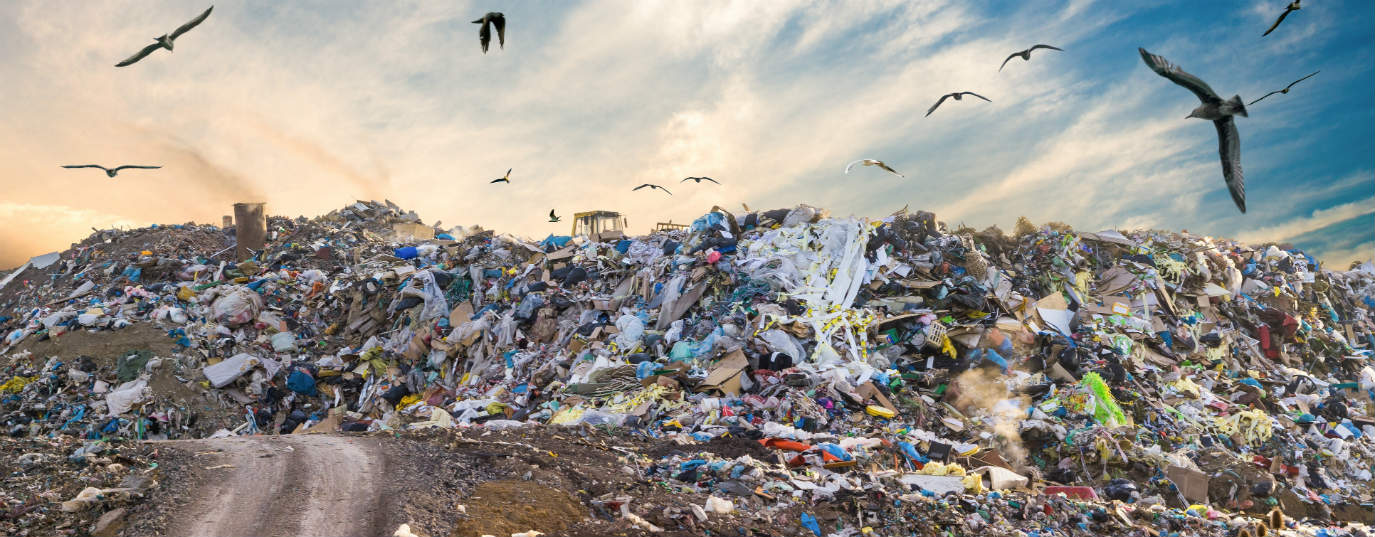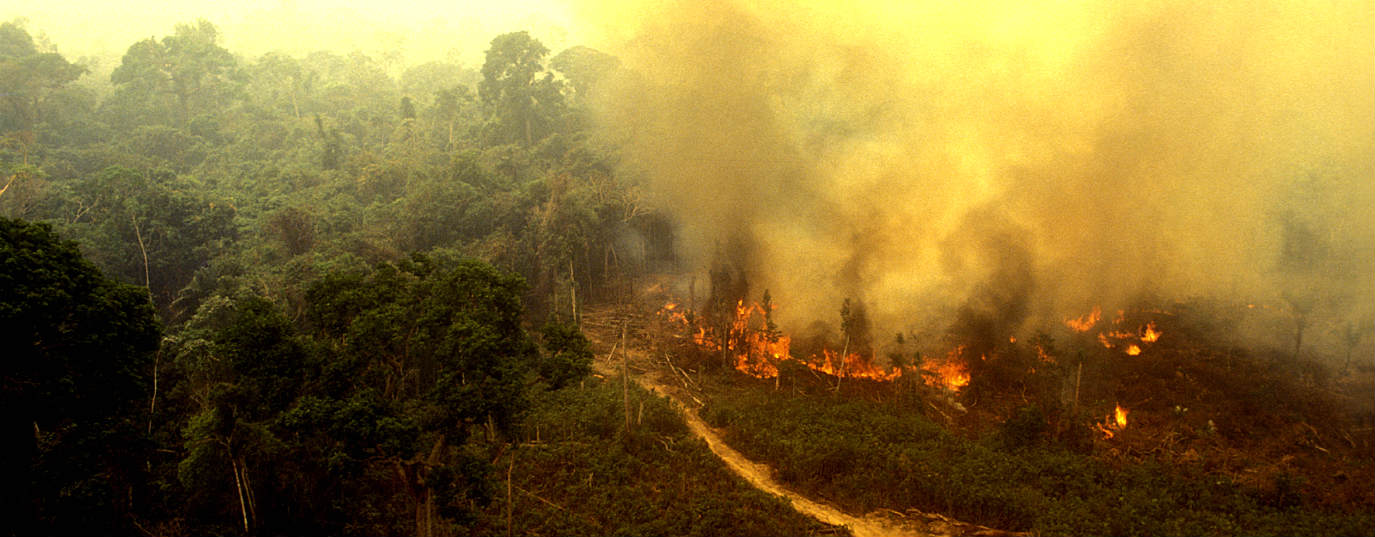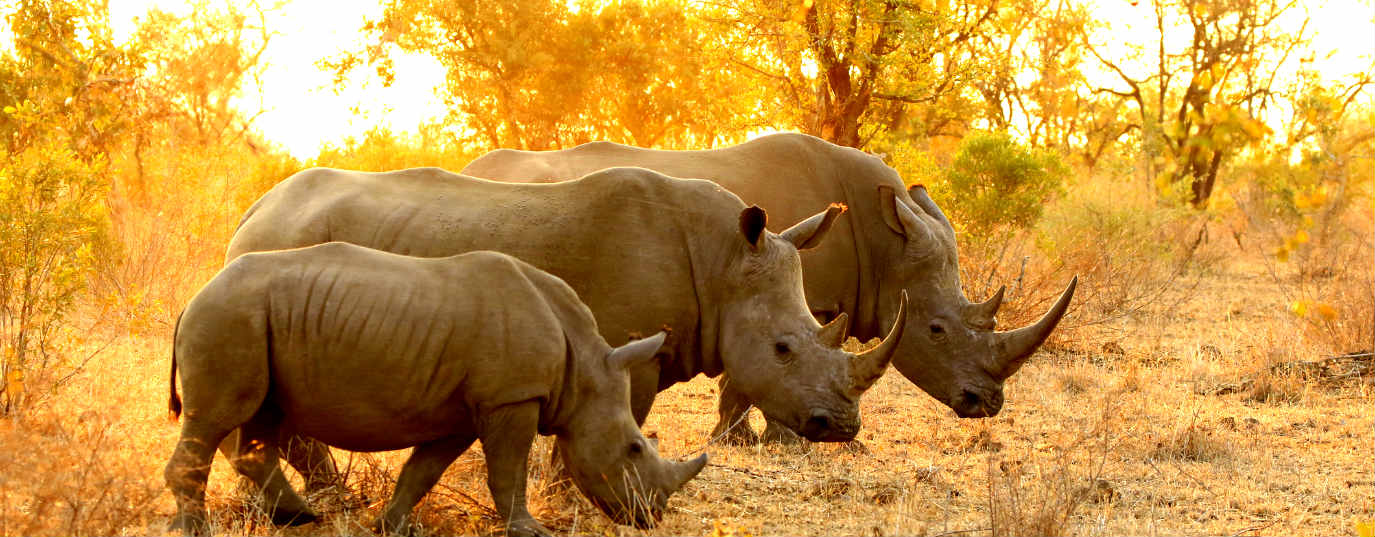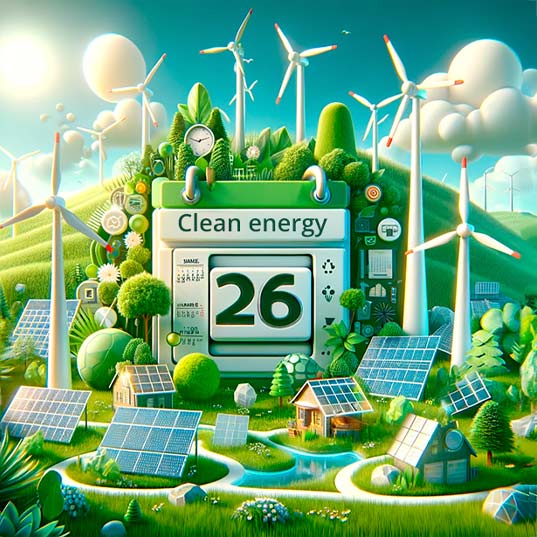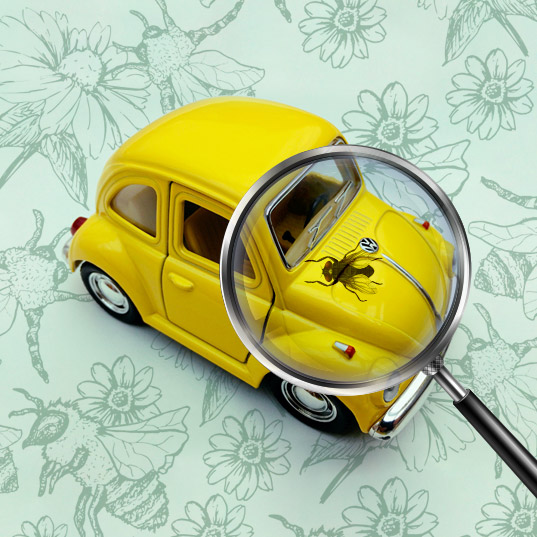How to fight against natural disasters
Every year, natural disasters are responsible for hundreds of deaths, the destruction of homes and infrastructure and the loss of millions of dollars. Each and every one of us is responsible for fighting against natural disasters.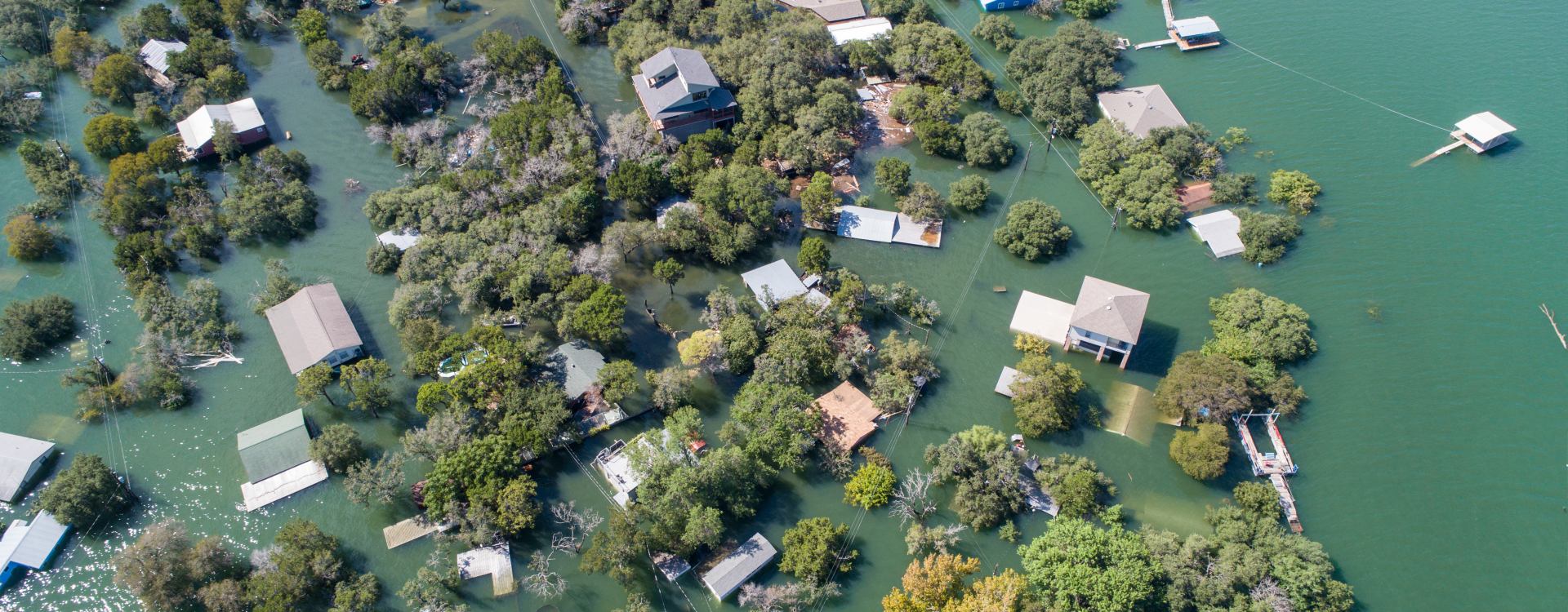
Major catastrophes such as earthquakes, floods and hurricanes lead to hundreds of people dying, being injured, suffering and being displaced every year. Such disasters also cause the destruction of homes and infrastructure, as well as the loss of millions of dollars. These natural disasters have an even more devastating effect when they occur in developing countries, such as Hurricane Matthew in Haiti, which left nearly a thousand dead in its wake.
In 1989, the United Nations General Assembly designated 13 October as the International Day for Disaster Risk Reduction "in order to promote a global culture of disaster reduction, including disaster prevention and mitigation". The United Nations is therefore seeking to raise awareness of natural disasters through information campaigns promoting efforts to make communities and governments faced with such issues more resilient and able to respond to disasters.
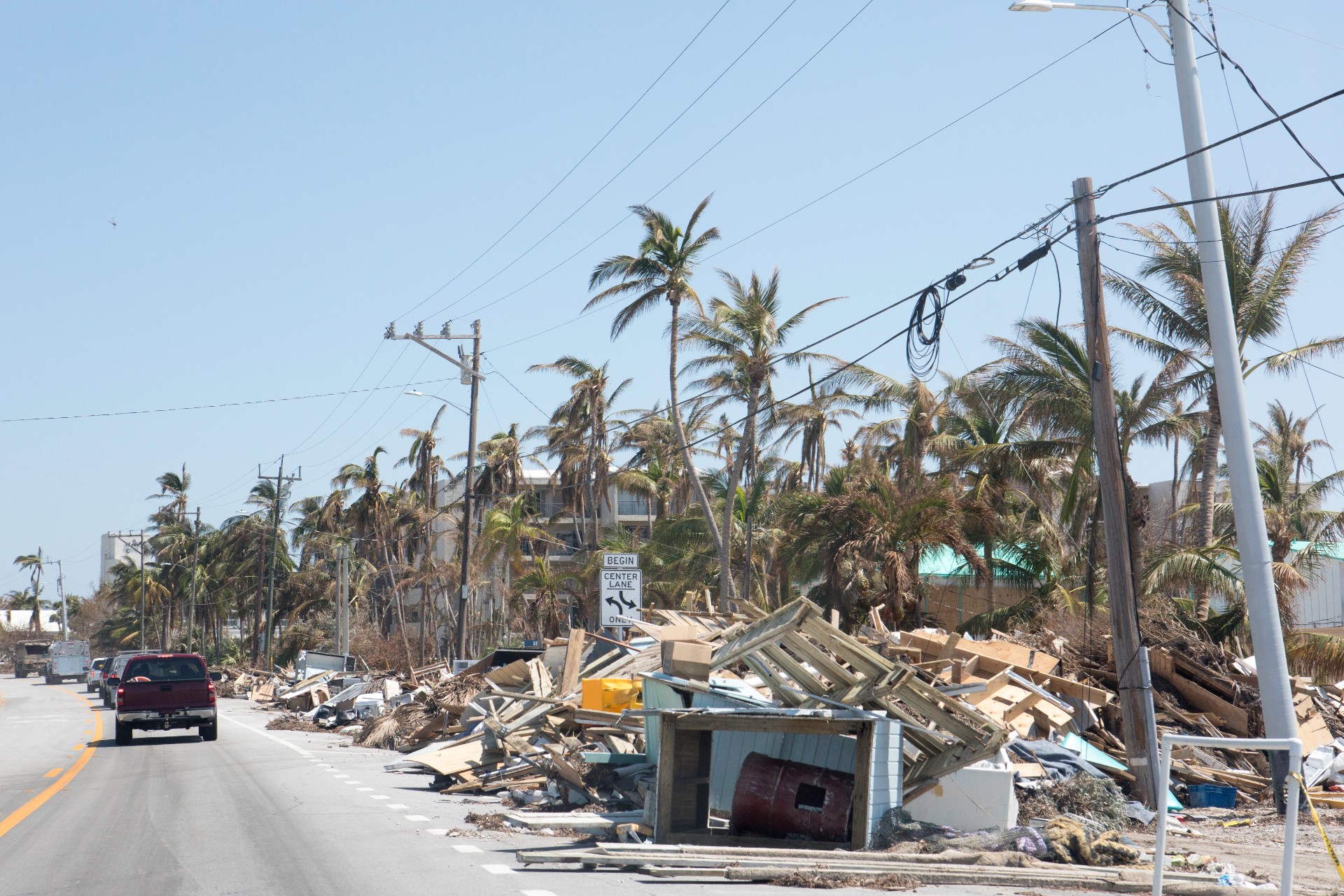
Preventing natural disasters: Fighting against climate change and resilience
Since it was first established, the Intergovernmental Panel on Climate Change (IPCC) has warned that increased atmospheric concentrations of greenhouse gases from human activity are impacting extreme climate phenomena. Global warming is causing various atmospheric phenomena to become increasingly violent and there is a strong link between natural disasters and climate change. So the first step to preventing potential natural disasters is reducing pollutant emissions.
It is also necessary to make states more resilient by looking forwards and preparing countries to deal with climate-related risks, from adopting conservation and restoration measures to improving infrastructure.
The best way to reduce damage: Being prepared for natural disasters
Not all states have the same resources to deal with a natural disaster. It is precisely this issue that is being addressed at this year's conference, which is focusing on increasing the number of countries with response strategies for this type of disaster. We can prevent or avoid extensive damage if we are prepared to handle such disasters.
Good governance of disaster risk is essential for making communities resilient to natural phenomena. This theory is already applied in many countries. For example, in the Netherlands, where rainfall is intense, there is a good control system in place for flooding; and in Japan, the country's high level of earthquake risk is well managed.
Investing in disaster resistance creates jobs and saves money. This is the view of António Guterres, Secretary-General of the United Nations. "Making infrastructure more climate-resilient can have a benefit-cost ratio of about six to one. For every dollar invested, six dollars can be saved", says Guterres.
Sendai Seven campaign for reducing natural disasters
To reduce the number of deaths resulting from natural disasters, the UN launched the Sendai Seven campaign, which focuses on the seven objectives outlined in the Sendai Framework. This framework will be implemented over seven years (2016-2022), providing one year for each objective:
International Day for Disaster Risk Reduction
2016: To reduce disaster mortality.
2017: To reduce the number of people affected.
2018: To reduce economic losses.
2019: To reduce disaster damage.
2020: To increase the number of countries with response strategies.
2021: To increase international cooperation with developing countries.
2022: To make warning systems more readily available.
Do you think humans are able to prevent natural disasters in some way? Leave us your comments to let us know what you think.


